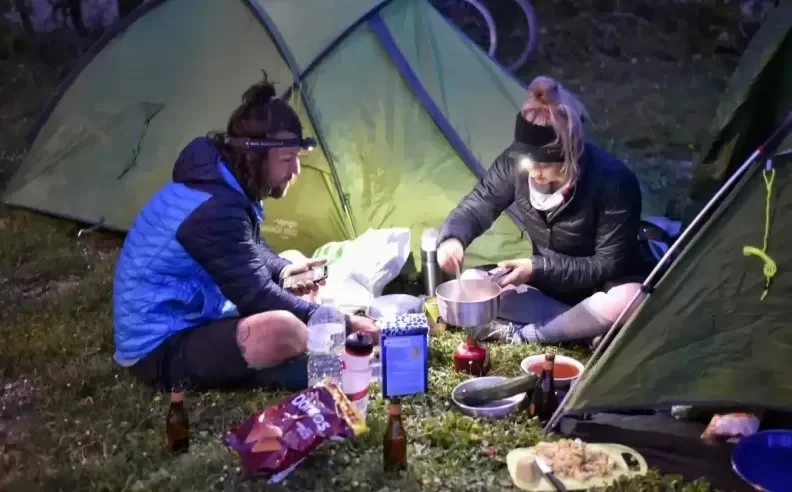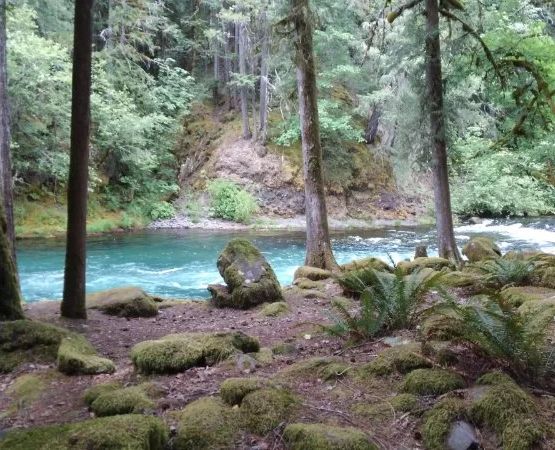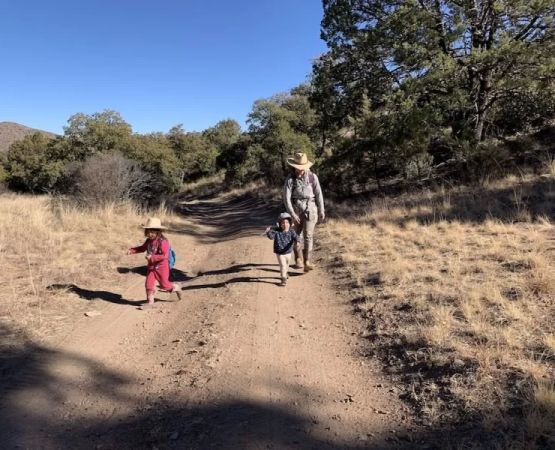- 1 - What Is Minimal Impact Camping and Why It Matters
- 2 - Core Principles of Minimal Impact Camping
- 3 - Real Stories That Highlight Its Importance
- 4 - Practical Steps for Eco-Friendly Campers
- 5 - The Benefits of Practicing Minimal Impact Camping
1 - What Is Minimal Impact Camping and Why It Matters
Minimal impact camping is about enjoying the wilderness while reducing the footprint you leave behind. The idea goes beyond convenience—it’s about ensuring that natural spaces remain untouched for future generations. From choosing durable campsites to managing waste responsibly, each decision matters. Many U.S. national parks now emphasize these practices to counteract the rising pressure of outdoor tourism. Resorts like Pine Cliff Resort encourage guests to practice minimal impact camping to maintain the beauty of the environment they enjoy.
2 - Core Principles of Minimal Impact Camping
The foundation of minimal impact camping is rooted in the “Leave No Trace” philosophy. This includes respecting wildlife, minimizing campfire effects, disposing of waste properly, and being considerate of other visitors. For example, campfires may seem romantic, but they scar landscapes and use precious wood resources. Using portable stoves instead is a sustainable alternative. Similarly, staying on designated trails prevents soil erosion and protects delicate plant life. These principles may sound simple, but they carry profound impacts when consistently followed.
3 - Real Stories That Highlight Its Importance
A viral story circulated among outdoor communities about a campsite in Colorado that was left littered after a group of campers ignored minimal impact practices. The backlash was so strong that the area was temporarily closed for rehabilitation. Conversely, experienced campers often share positive stories where minimal impact efforts—like packing out trash and reducing noise—created deeper connections with nature. These real-world examples highlight that each camper’s actions can either harm or preserve the outdoor spaces we all treasure.
4 - Practical Steps for Eco-Friendly Campers
Campers can adopt several easy strategies to reduce their impact. Use biodegradable soap for washing, carry reusable utensils instead of disposables, and set up tents on durable ground like gravel or established sites. Storing food securely also prevents attracting wildlife, which can lead to dangerous interactions. Another overlooked practice is managing light pollution by limiting lanterns or headlamps at night, helping preserve the natural night sky. Many campers who have stayed at Pine Cliff Resort note how adopting these habits makes their trips not only more sustainable but also more fulfilling.
5 - The Benefits of Practicing Minimal Impact Camping
When you commit to minimal impact camping, the benefits extend beyond the environment. You experience a stronger sense of stewardship, gain respect from fellow adventurers, and foster mindfulness in how you interact with nature. Families camping together often find that teaching children these principles instills lifelong values. Eco-friendly camping also helps preserve biodiversity and ensures that future visitors can enjoy the same pristine landscapes. By embracing these principles, campers aren’t just enjoying nature—they’re actively protecting it.
Minimal impact camping is more than a set of rules—it’s a philosophy that enhances your outdoor experience. Whether camping solo, with friends, or at locations like Pine Cliff Resort, following these practices ensures the wild remains truly wild.







